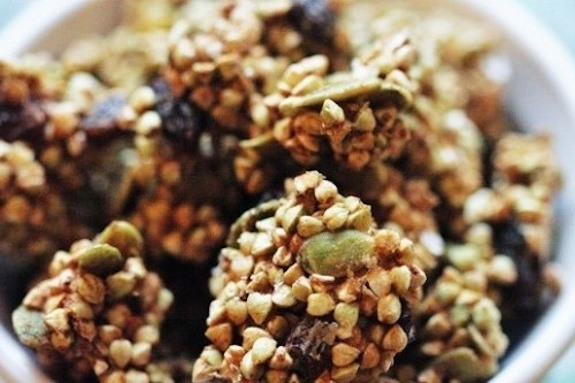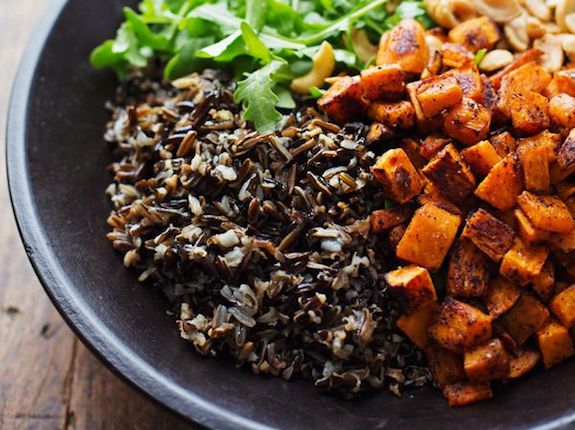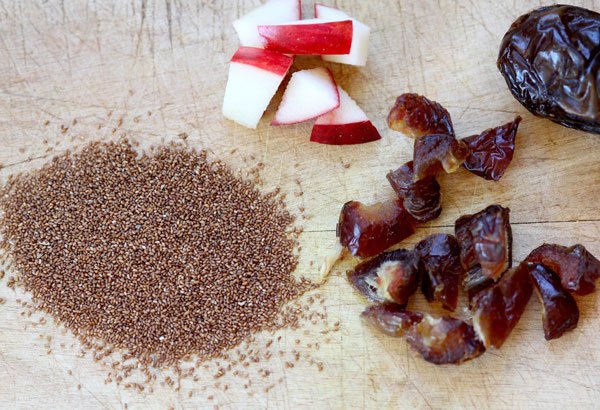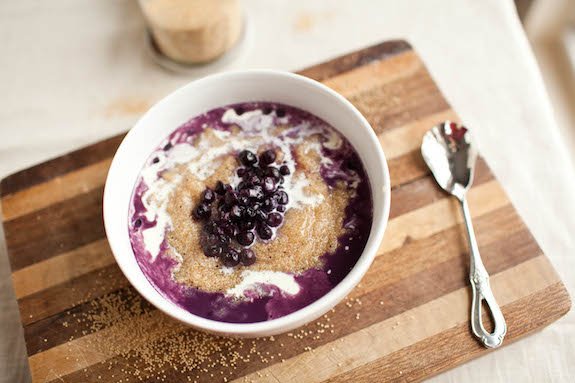Meet the Better-for-You “Pseudograins”
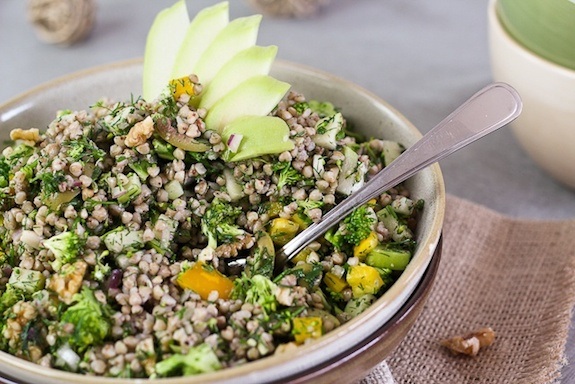 Going "against the grains" is becoming mainstream in health-food circles. But if you're intent on cutting them from your diet, you could try another kind of perfect-for-sauteed-veggies base: pseudograins.
Going "against the grains" is becoming mainstream in health-food circles. But if you're intent on cutting them from your diet, you could try another kind of perfect-for-sauteed-veggies base: pseudograins.
 "Pseudograins are the seeds and grasses we commonly categorize as grains," explains holistic health coach Rachel Novetsky (right), the health consultant at hot Miami juice chain Jugofresh, where she collaborates on recipes like Miracle Milagro Bowls. "These superfood seeds are known to be gluten-free and extremely high in protein, fiber, and low-glycemic carbohydrates."
"Pseudograins are the seeds and grasses we commonly categorize as grains," explains holistic health coach Rachel Novetsky (right), the health consultant at hot Miami juice chain Jugofresh, where she collaborates on recipes like Miracle Milagro Bowls. "These superfood seeds are known to be gluten-free and extremely high in protein, fiber, and low-glycemic carbohydrates."
Of course, we're all well-versed in the most popular pseudograin, quinoa, but you may know less about the others—like buckwheat, wild rice, teff, and amaranth.
We asked Novetsky to fill us in on the health benefits of the four lesser-known pseudograins and how to use them.
So if, like me, you've made the same quinoa stir-fry every night for dinner for the past two years, things are about to change. —Jamie McKillop
(Photos: The Healthy Foodie and Jugofresh)
Okay, sit down for this. Buckwheat is a fruit seed related to rhubarb and sorrel—not wheat! Novetsky says it's is high in protein, phytonutrients like flavonoids, vitamins B and E, and manganese (an important mineral). She likes it best dehydrated and made into a crunchy granola, but you'll also commonly find it in the form of Japanese soba noodles.
(Photo: Small Footprint Family)

{{post.sponsorText}}
Brown rice is the bomb. But wild rice is a seed that's a good source of B vitamins and has almost twice the protein, and six times the amount of folic acid, Novetsky explains. "I swap it out for brown or white rice and make Nori rolls with it," she says. Brilliant!
(Photo: Pinch of Yum)
Teff is a seed that "leads all the grains, by a wide margin, in its calcium content," Novetsky explains. One cup of cooked teff has 123 mg of calcium (about the same as a half-cup of cooked spinach) and is high in vitamin C. Try subbing it in for oats and making a superfood breakfast porridge.
(Photo: PBS)
Novetsky likes amaranth, from Central America, for its high protein content. "It's also a good source of calcium, iron, potassium, phosphorous, and vitamins A, E, and C," she explains. Shown here as a porridge, you can also mix amaranth in with sweet potato and make a veggie patty.
(Photo: Naturally Ella)
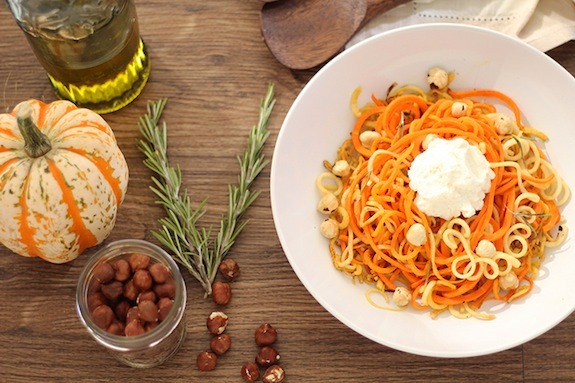 More Reading
More Reading
The 20-something who creates “noodles” out of vegetables
5 detoxifying foods you might already have in your fridge
The go-to, 10-minute recipes of busy, healthy women
Loading More Posts...
